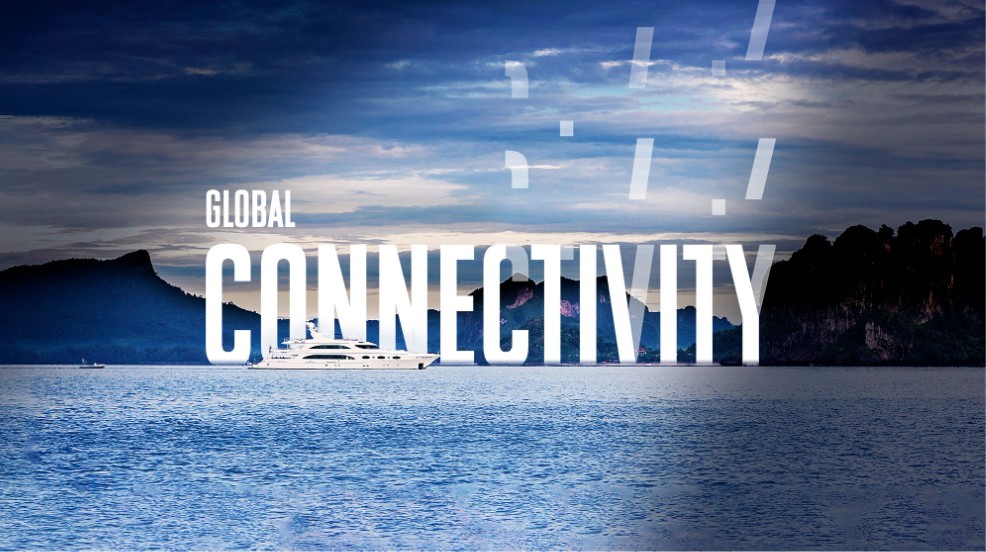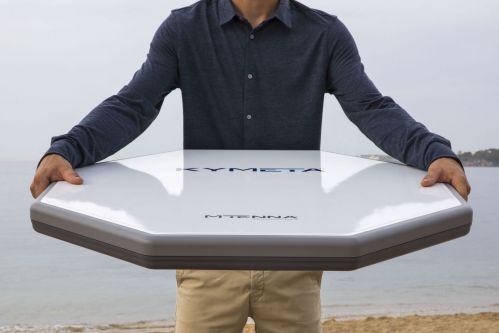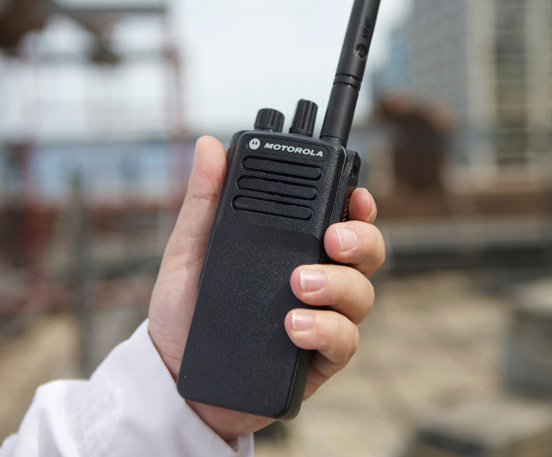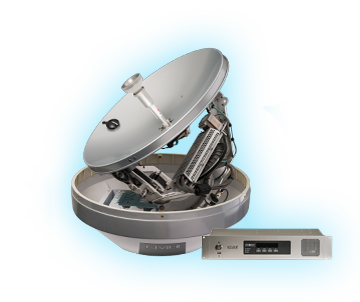From enhancing crew and guest communications, personal messaging and recreation, to optimising weather routing and navigation, to facilitating telemedicine and real-time business updates, the benefits of good on-board connectivity are transformative for any superyacht. Many owners are already testifying that access to reliable global, mobile satellite communications services is a huge asset that can prove invaluable in assisting with numerous operational, regulatory and safety requirements, meeting the desires of guests, improving crew morale and protecting the yacht with the highest levels of cyber security. With the right satellite communication solution in place, there is no doubt that every person and system onboard will be positively affected by the transition to a safer, more content and more efficient superyacht. Yet, despite the obvious advantages, many owners may still feel reluctant to invest in the technology due to preconceptions about high or unexpected costs, fixed plans that do not fluctuate with data rate and seasonal requirements, unreliable connectivity, inconsistent coverage or large, heavy antennas. The welcome news is that truly reliable, resilient connectivity is now available for superyachts, with flexible service packages designed specifically for global maritime coverage, enabling owners to control costs while fully embracing the latest technology and developments in the satellite industry that are driving a new era of on-board digitalisation.

The demand for global, mobile satellite communications onboard superyachts, megayachts and expedition vessels has been growing in recent years, with evidence suggesting that the COVID-19 pandemic has further accelerated this trend. Adding to our general desire to stay connected at all times and our expectation of constant access to the seamless internet connection experienced at home, there is also a quest for freedom and adventure in the superyacht sector which has placed new emphasis on onboard satellite communications. Many owners and captains wish to sail anywhere and everywhere, to regularly travel between the Mediterranean, the Caribbean or Asia/Pacific hotspots or voyage to remote regions such as the Galapagos, Antarctic or Polynesia while enjoying and relying upon good connectivity. This year, the health crisis accentuated the critical importance of communications, whether it is to support owners who choose to lockdown or self-isolate on their yachts, to meet the needs of crew welfare, or to facilitate a new emphasis on telemedicine – a shift backed by Inmarsat reporting an average increase in data download of an extra 2GB per day since March across the thousands of vessels equipped with its high-speed Fleet Xpress (FX) service.
Unreliable and inconsistent satellite connectivity or poor coverage in certain regions is a key concern for many superyacht owners. In remote locations, yacht personnel still want to communicate safely and securely, but may not be confident that the satellite network extends to their cruising area. In popular, more crowded, regions, they may worry that multiple vessels are competing for capacity in a single beam and that, assuming inconsistent signal gain across each spot beam, their vessels need large antennas to ensure onboard demand is met. Other questions arise about potential breaks in coverage and lapses in network security due to handovers between operators and beams. Some or all of these issues may occur with traditional VSAT in C or Ku-band or with providers using multiple satellite operators. The first reason for this is that Ku-band satellite beams reduce in signal strength away from the beam centre, so vessels require large Ku-band antennas. In addition, Ku-band satellites typically use large single beams to cover entire continents and regions, resulting in demand from other vessels in the beam. Ku-band networks are often old, not designed specifically for maritime and have unclear upgrade paths, plus Ku rate pricing often varies depending on the beam and location so costs can be more difficult to control.
Inmarsat is uniquely positioned to solve these problems due to two salient advantages – it is the only satellite operator to operate in both L-band and Ka-band, and the only operator able to guarantee service levels globally by owning and managing the whole network from end to end. Specifically designed for global maritime coverage, its Fleet Xpress service for superyachts is a complete solution, not just bandwidth, delivering high data speeds via Inmarsat’s Global Xpress (GX) Ka-band service, combined with the proven reliability of Inmarsat’s FleetBroadband (FB) L-band service. When transporting data, Inmarsat’s Fleet Edge platform, connected to both GX and FX antennas, routes the data packet over the GX satellite network, with the onboard user terminal automatically logging in to the most appropriate satellite. If the primary link is unavailable, Fleet Edge seamlessly routes traffic over the secondary link – and with the FB service always-on, free within the monthly FX subscription, there is no restriction on back up and no limit on backup data, whereas Ku back up is often metered and restricted. Returning the data to shore, each GX satellite links to two independent, secure GX satellite access stations, with data packets routed seamlessly over both links, encrypted and secure.
Ensuring continuous connectivity, the GX service is delivered via Ka spot beams, with more than 72 beams per GX satellite and 50 Mbps per beam. Designed to be global with consistent spot beam configuration and automatic make before break handover, the narrow and sharp spot beams have a uniform signal across each beam, so vessels get the same signal everywhere. This means FX antennas can be compact and lightweight, enabling significant antenna load reductions – an advantage highlighted when sail yacht Ganesha reduced antenna load by 230kg by fitting a dual FX-60 system. All demand is met, enabling users to enjoy movies, browse the internet and run apps. FX users do not need to worry about ‘bill shock’, with flexible subscriptions allowing data rates to increase or decrease depending on the data speed needed, with voice traffic routed separately without using data plan capacity. As well as benefiting from controlled costs and guaranteed service levels, owners can often enjoy MIR speeds, thanks to Inmarsat’s practice of allocating abundant satellite capacity.
Demonstrating a clear upgrade path, Inmarsat’s GX network is meeting rapidly increasing user demand for data across the globe, with beamforming technology and rapid satellite deployment extending capabilities to include the Arctic region. Five GX satellites with over 350 spot beams deliver 70 Gbps Ka-band capacity globally, with seven new GX satellites by 2023 and almost 1000 spot beams set to increase the capacity to 850 Gbps. An additional four satellites provide L-band coverage globally, with two more by 2023. Inmarsat’s network provides coverage to destinations like the Galapagos, Polynesia, and the Antarctic, extending to 76 degrees North and South of the equator.
To combat the growing threat of cyber-attacks, Inmarsat offers an optional in-depth, multi-layer cyber defence solution with its Fleet Secure Portfolio, consisting of Fleet Secure UTM (Unified Threat Management), Fleet Secure Endpoint, and Fleet Secure Cyber Awareness. Other value–added services within FX include Fleet Hotspot, a fully-managed crew and passenger Wi-Fi portal enabling owners and captains to enhance connectivity, giving crew and passengers freedom to easily access the internet on their own devices.
Powered by Inmarsat’s rich 40-year history, Fleet Xpress offers an always-on connectivity solution, with layers of resilience and redundancy integrated throughout the different stages of the data transportation process to ensure reliable, secure on-board communications – whether it is needed for a medical emergency, to stay in touch with home or watch the latest sports event.
With its Fleet Xpress service now installed on over 9000 vessels, Inmarsat’s Peter Broadhurst (Senior Vice President, Yachting and Passenger, Inmarsat Maritime) revealed how this complete solution for reliable, global on-board connectivity can fulfil the expectations of every superyacht owner in a new era of digitalisation and yachting freedom.
For more information view www.inmarsat.com






